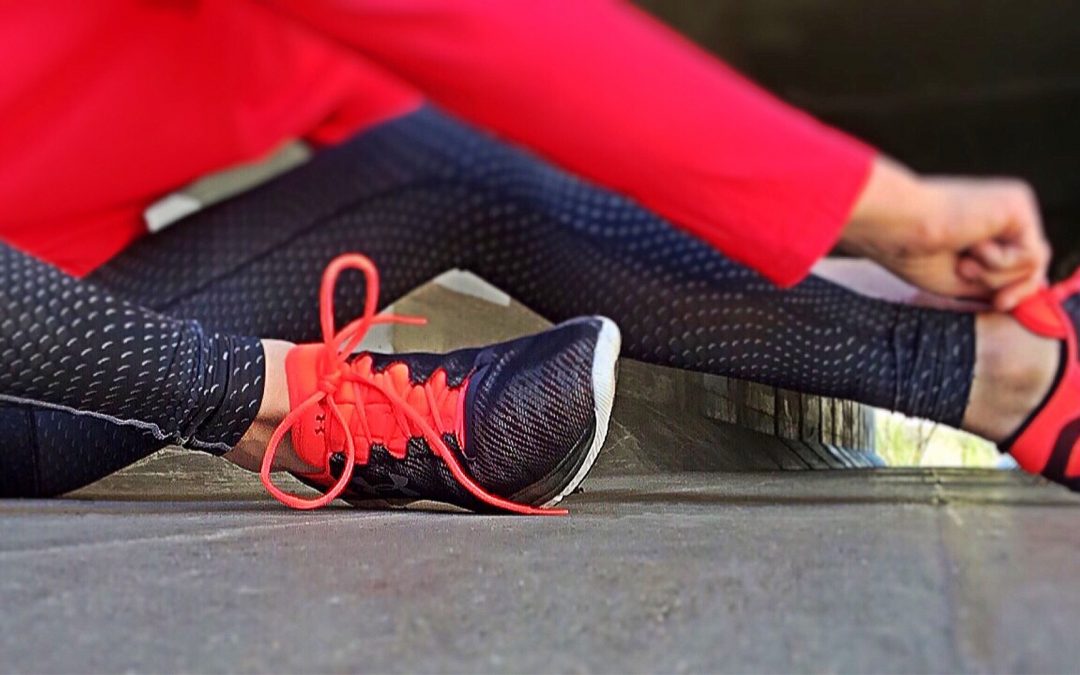Author: Rachel Dankner, M.D., M.P.H.
One of the main goals in stroke reduction is to control vascular risk factors such as hypertension, diabetes, dyslipidemia, smoking cessation, and maintain a healthy diet and aerobic exercise. Among the numerous health benefits of physical activity is stroke prevention. It is estimated that modifiable risk factors, i.e. weight reduction, low-risk diet, regular physical activity, smoking cessation, and low-to-moderate alcohol consumption may reduce stroke risk up to 50% or more. The benefits of regular physical exercise have been well-known since antiquity, and include reducing the risk of and treating hypertension, preventing and treating type 2 diabetes mellitus, preventing and improving depressive symptoms, preserving a healthy body weight and treating obesity, and getting a better night sleep. Physical activity is effective in preventing the atherosclerotic process leading to coronary heart and peripheral artery disease. It is likely that the protective effects of exercise can be extended to both cerebrovascular disease and cognitive impairment. The protective and preventive mechanisms induced by physical activity include better blood flow to the body organs.
This happens due to the beneficial influence of physical fitness on the hart’s function, and also by an effect on blood vessels growth and their health – physical activity prevents the process of blood vessels narrowing and clogging. Physical exercise is also responsible for better healing of damages that may occur in our blood vessels due to inflammatory processes, which, for an example, are more common in smokers. Shear stress is another potential mechanism for vessel growth, enhancing regenerative and repair mechanisms in the brain. Moreover, physical activity plays a role in the healthy function of the inner layer of the arteries, which is essential for a healthy blood supply to the kidneys, the hart muscle, and the brain. When this blood supply is jeopardized due to exposure to the above risk factors (smoking, obesity, hypertension, high blood glucose, etc…) an acute event, such as hart attack or stroke may happen. People who have been engaged in physical exercise but did eventually get a stroke were shown to have smaller damage to their brain and healed faster after the stroke.
With the high prevalence of physical inactivity in the general population, increasing physical activity levels could have a significant effect on reducing stroke occurrence. There are many public health guidelines on the recommended amount of physical activity for optimal health. The optimal intensity and amount of physical exercise is still not well established before and after stroke, although modest levels of activity already show benefits. The literature suggests that men achieve a greater reduction in stroke risk when they engage in physical activity at a moderate to vigorous intensity, like jogging and swimming, whereas women benefit from greater amounts of low intensity physical activity, such as walking. People are encouraged to perform at least 40 minutes/d of moderate to vigorous intensity aerobic physical activity (fast walking, jogging…) 3 to 4 days per week in order to stay healthy and prevent an acute event like stroke. As stroke risk increases with age it is also important to regularly maintain a balanced and comprehensive weekly physical activity program that also includes muscle strength, flexibility, and balance training. These four elements of a physical exercise program are mandatory to preserve optimal physical functioning and life-long well being.


